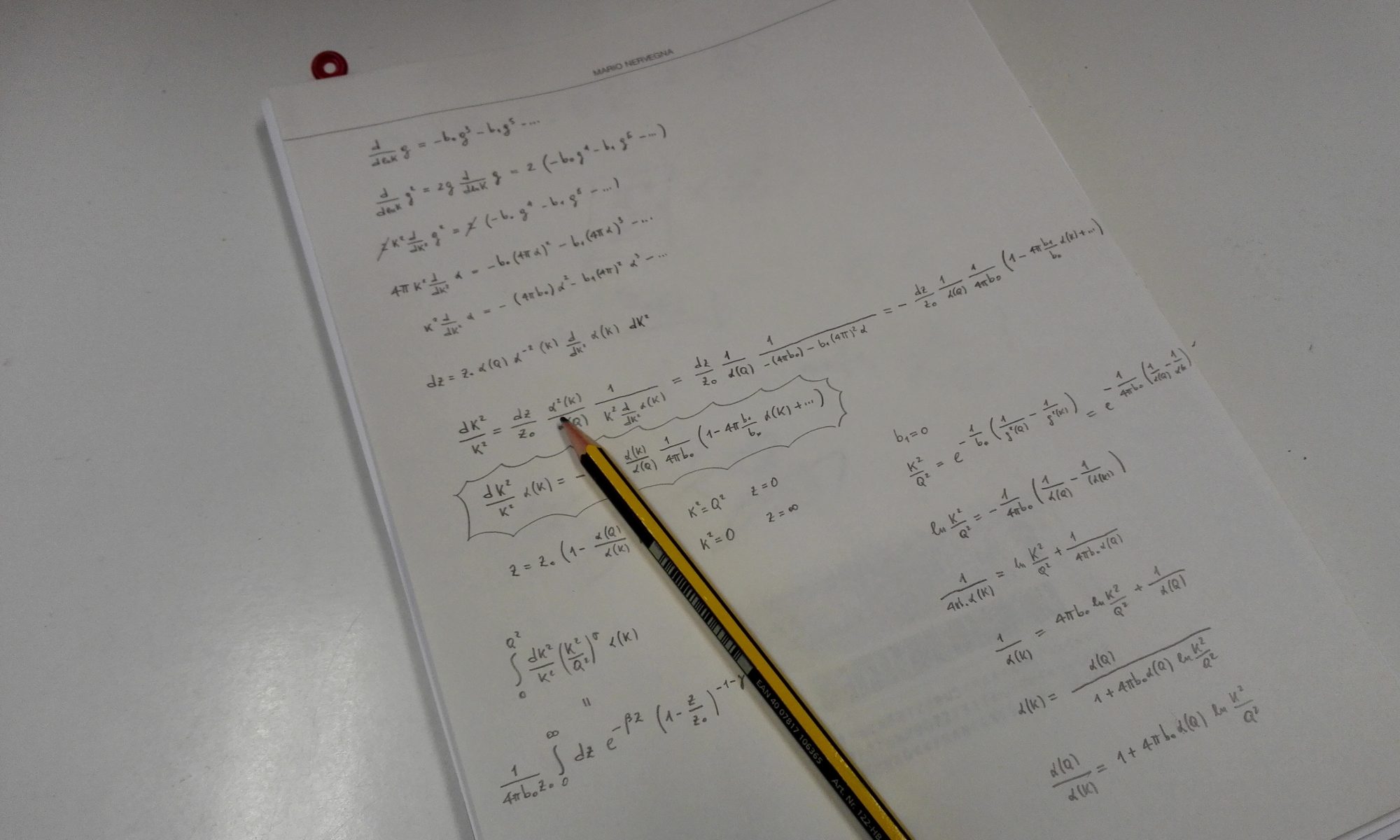Direct searches of New Physics include the in depth study of the Higgs sector of SM. Since the elementary scalar nature of the Higgs field comes with an intrinsic instability of its mass under radiative corrections, giving rise to the hierarchy problem, it is widely considered as a convenient parametrization rather than a fundamental theory of electroweak symmetry breaking.
Composite dynamics is one of the two main proposals (the other is Supersymmetry) for resolving the Higgs naturalness problem. Within this theoretical framework of physics beyond the SM the Higgs boson itself is considered as a composite bound state of a new strong force.
This solves the naturalness problem of the Higgs mass economically in terms of new fields, but requires the presence of a new strongly-coupled sector featuring a new type of non-perturbative dynamics.
New models of composite dynamics for the electroweak sector of the SM will be investigated. The new strong sector can also be used to model dark matter as composite states, such as e.g. stable baryons or pseudo-Goldstone bosons. Since a non-perturbative investigation is needed, the lattice is the ideal tool for exploring such theories. Furthermore, lattice calculations are also required for predicting the cross-sections of dark matter-proton scattering, from e.g. supersymmetric models, in dark matter experiments such as LUX and CDMS as the cross-section depends on the contribution of the quarks to the mass of the nucleon.

